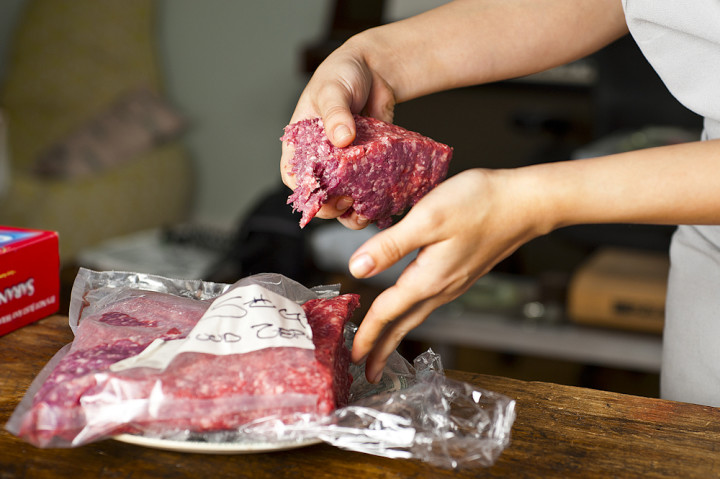
As you would do with any other section of the deer, it’s important to generously trim away any damaged or bloodshot meat.Īs much as it is important to maximize the amount of venison you take from any deer, it’s equally important to ensure a wholesome and healthy output for any family, friends, hunting partners or guests who will be eating it. One challenge with front legs is that because of their placement on the deer (shielding part of the ribcage and chest), they are often shot up, especially during gun seasons. You can also take care of this process by yourself, but it’s a little easier with a helper. As you work and slice the tendons and tissue, the leg will slowly, easily and naturally pull away. Have a partner hold on to the shank (lower end) of the leg as you work your knife between the shoulder blade and the rib cage. A hunting knife, or even just your boning or fillet knife, is the only tool it takes to remove a front leg from a whitetail carcass. That’s because there is not a shoulder “socket,” as you might expect. One of the most interesting aspects of butchering a front leg is the fact that you can remove it from the carcass without a saw or much effort at all. That’s because a deer’s front legs are designed and built to help the animal juke, shimmy, dodge, jump and leap as it runs to escape predators. That’s why the loins at the top of the back are usually so tender: They don’t get the workouts that front legs do.įront legs are also stringier in general, with tendons and ligaments and other connective tissue. And the more a muscle is used, the tougher it gets. Yes, front leg meat is in general a little tougher than other parts of the whitetail for a reason: These limbs get used more every day. Front legs from yearlings and fawns-of-the-year are very small, but boy are they good. Adult does are usually larger in the withers than they are in the shoulders, and yield proportionately less front leg meat. Each back leg: 10 to 11 pounds (20 to 22 pounds total)īucks, especially as they mature, grow bigger in the shoulders and yield a higher proportion of front leg meat to the mix.


Each tenderloin: 1 to 1½ pounds (2 to 3 pounds total) Each front leg: 5 pounds (10 pounds total) Here’s the breakdown of the major parts of a good-sized whitetail carcass that typically yields somewhere between 40 to 45 pounds of boneless venison: Front legs account for about 20% of the usable venison on a typical deer. There’s a substantial amount of meat there, and it’s a terrible waste to ignore this resource. Next time you have a whitetail skinned out and hanging by the gambrels, take a look at the front legs for a moment.
#KEYKEY HUNK OF MEAT HOW TO#
You just have to know how to work with front legs, and what to make out of them. But that doesn’t mean you should throw out this important source of meat. My butchering companion had one valid point: Front legs are in fact tougher and stringier than other portions of a whitetail carcass. Maybe I did make some progress! Front Leg How-Toįront legs still don’t get much respect in the venison department. When we divvied up the deer meat later, I noticed that everybody took at least one front leg roast in their pile. I can’t remember exactly what I said, but it was something to the effect of, “Aw, just send them down the line, we’ll turn them into some good stuff.”Īs I converted those front legs into some bone-in roasts and burger trim (two of the fastest things you can do with these parts of a deer), I hoped from the example that my companions would change their viewpoints on front legs. I wanted to yell, “What a waste that is,” but held back.

There’s not any good meat on them anyway.” “Oh those things are too tough and stringy,” said one guy. I didn’t say anything but walked over to the trash containers where the carcasses were going and found what I expected: Some perfectly good front legs were stuffed in with the refuse! I reached in, pulled a couple out, and started heading back to the butchering table with them.


 0 kommentar(er)
0 kommentar(er)
